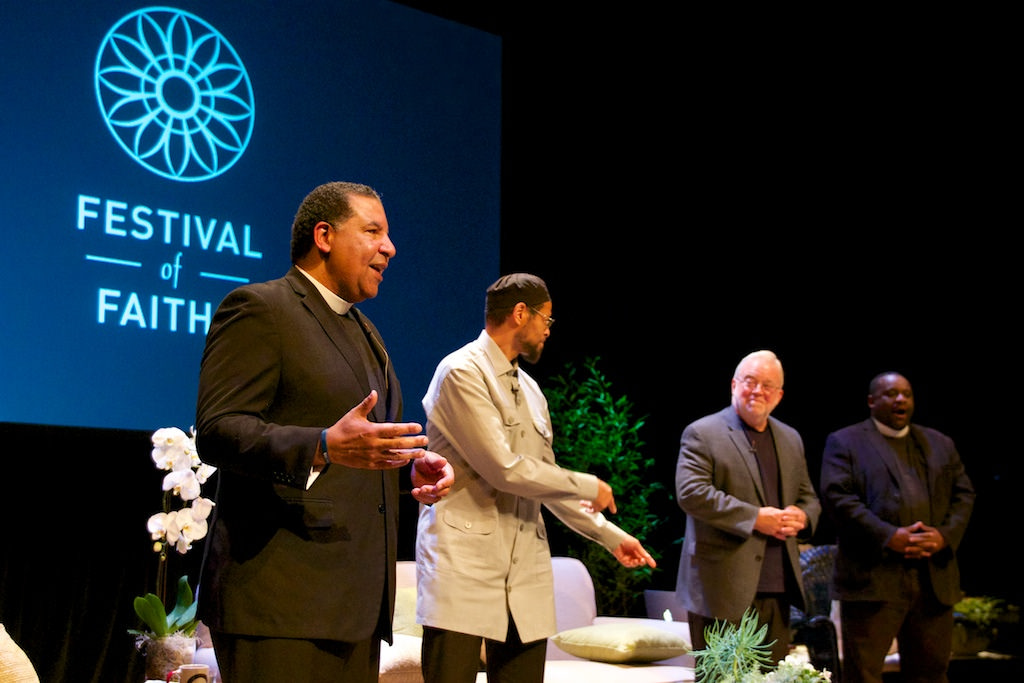In the United States, diversity has generally been considered an asset. It is frequently cited by public figures as both a source of national pride and a worthy ambition. It is an oft-stated goal of Fortune 500 companies, private colleges and entire sectors of the U.S. economy. And even if Americans don’t claim much diversity in their own social networks, few believe that our differences are not something to be celebrated. At one point it was even argued that America’s religious vitality hinged on its diversity — greater competition between places of worship would contribute to a more vibrant religious culture. However, new evidence suggests that religious pluralism could work in the opposite direction — undermining the vitality of America’s religious communities.
This is not a new debate, but it’s more relevant than ever. The American religious landscape is transforming rapidly. At one time, religious diversity meant: Baptist, Methodist and Episcopalian. Today, it encompasses a multiplicity of religious traditions such as Sikhism, Buddhism, Islam and Hinduism, as well as an increasing variety of noninstitutional belief systems such as humanism, skepticism, atheism and subjective spirituality. Racial and ethnic shifts have also changed the face of Christianity. The U.S. was once a predominantly white Christian country, but fewer than half of Americans (45 percent) identify as white Christian today.
We don’t know for sure that America’s religious pluralism is causing a drop in religious vitality — there are reasons to think the two might simply be related — but there are a number of different ways diversity might erode commitment. The practical effect of rising religious diversity is to expose Americans to ideas and views that could challenge their religious beliefs. A recent survey found that 77 percent of Americans are acquainted with someone who is nonreligious, 61 percent know someone who is Jewish and 38 percent know someone who is Muslim. The widening array of religious beliefs and identities also challenges long-held understandings of America’s Christian heritage and religious character that can reinforce a commitment to religion. This weakening of America’s religious consensus means there is far less social pressure to conform to religious norms. For young people coming of age today, America’s Christian heritage is no longer a given, and being Christian is not viewed as a critical component of national identity. A 2015 PRRI study found that only 35 percent of young adults say that being Christian is an important part of being American, although this is the prevailing view among America’s seniors; 66 percent of seniors say Christian identity is critical to being American. And only about half (52 percent) said a belief in God was fundamental to American identity.
Geographically, states with greater religious variety tend to exhibit lower levels of overall religiosity. The religious diversity for each state was calculated using the Herfindahl-Hirschman index, one of the most commonly used measures of diversity. No state is more religiously uniform than Mississippi. It is a place where, as my colleague and native Mississippian Robert Jones once said: “It’s hard to swing a dead cat without hitting a Baptist.”
Photo by The Center for Interfaith Relations 
